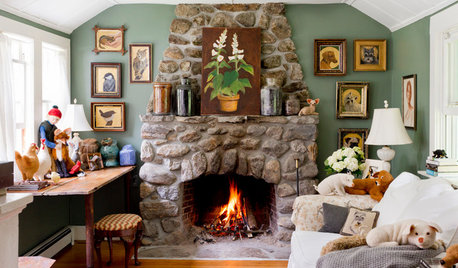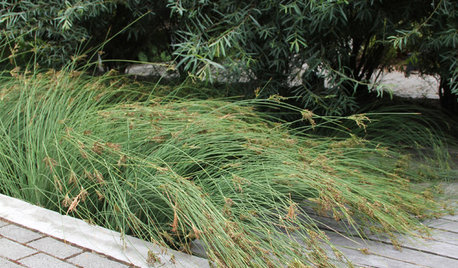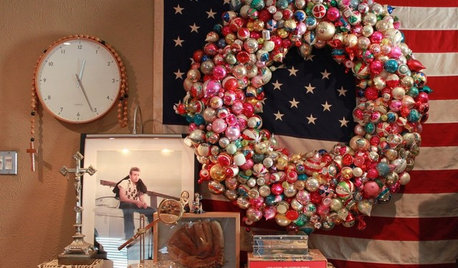What are those resources that you find indispensible?
heptacodium
17 years ago
Related Stories

PRODUCT PICKSGuest Picks: Indispensable Tools for DIYers
Build your tool arsenal with these, and you’ll have the right equipment for any home project you take on
Full Story
KITCHEN DESIGNYour Essential Resource for a Healthy, Ecofriendly Kitchen
Find the Houzz guides to choosing earth-friendly kitchen counters, cabinets, appliances, lighting, flooring and tile — all in one place
Full Story
HOUSEKEEPINGBefore You Roast Those Chestnuts, Make Sure You've Got a Clean Chimney
Here's how to ensure your chimney is safe for holiday gatherings by the fire
Full Story
DECORATING GUIDESShow Your Resourceful Side With Vintage Coastal Style
Reused pieces anchor this soothing, casual design style, rounded out with soft fabrics and weathered materials
Full Story
HOUZZ TOURSMy Houzz: 2 Tools + 1 Resourceful Guy = Lots of Great ‘New’ Furniture
With scrap wood and a hands-on attitude, a San Francisco renter on a tight budget furnishes his bedroom and more
Full Story
GARDENING GUIDESProtect a Precious Resource With a Rain Garden
Promote pure water and a beautiful landscape with a garden design that makes the most of the rain
Full Story
HOUZZ TOURSMy Houzz: Patience and Resourcefulness Pay Off in Dallas
Unhurried remodeling lets a growing family stay within budget and get exactly the look they want for their Texas home
Full Story
BEDROOMS8 Resourceful Nightstand Alternatives
Put everyday pieces and found items to clever use as surface areas or storage in the bedroom
Full Story
HOUZZ TOURSHouzz Tour: Creative Resourcefulness in a 1970s Ranch
Combine design dexterity and abundant creativity with patience, and what do you get? A home awash in personality and style
Full Story
GARDENING GUIDESHow to Find the Right Native Plants for Your Yard
Find plant maps, sale sites and guides that make going native in the garden easier than ever
Full StorySponsored






Embothrium
heptacodiumOriginal Author
Related Professionals
Garden City Landscape Architects & Landscape Designers · Aurora Landscape Contractors · Anderson Landscape Contractors · Davidson Landscape Contractors · Deer Park Landscape Contractors · Hickory Hills Landscape Contractors · Paramount Landscape Contractors · Paso Robles Landscape Contractors · Pleasant Grove Landscape Contractors · Pleasanton Landscape Contractors · Wayland Landscape Contractors · Conroe Driveway Installation & Maintenance · Grand Rapids Driveway Installation & Maintenance · Ramona Driveway Installation & Maintenance · Skokie Driveway Installation & MaintenanceEmbothrium
bahia
Embothrium
Embothrium
nwnatural